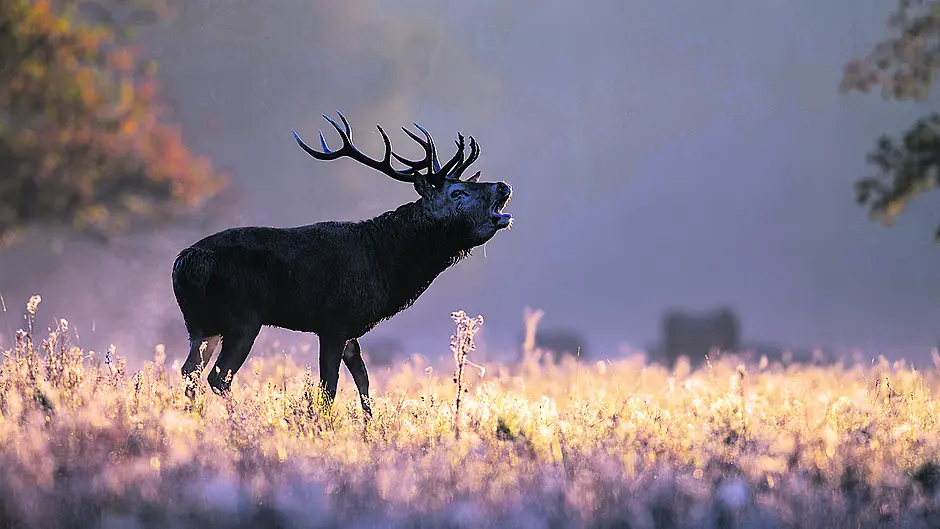LIKE many others around the world, I had a very quiet Christmas but thankfully a lot of my presents were books and so I’ve been enjoying the wonderful escapism afforded within their covers.
One of these excellent reads (‘Life in Ireland’ by O’Brien) sent me time-travelling through millennia to Ice Age West Cork.
In that era, the land mass we now occupy was still joined to the mainland and was covered in glaciers.
As the massive sheets of ice began to melt, more and more of the landscape opened up to become verdant plains, an ideal habitat for grazers and their predators.
There is a school of thought that believes the south of Ireland remained ice-free and some theorists believe our local so-called Lusitanian species of plants and animals are remnants from the end of the Ice Age.
Whatever about that, we do have enough existing fossils to identify at least some of the incredible animals that once roamed the land we know as West Cork – including some now-extinct giants.
Anyone who has visited the excellent ‘Dead Zoo’, Dublin’s Natural History Museum, is familiar with the spectacular sight of Ice Age Ireland’s most famous resident.
A fully-grown giant Irish deer (‘Miegloceros’) stood some 2m high at the shoulder, measured 3m in length and weighed in at around 600kg.
That’s about three times the weight of the largest male deer found in Ireland today.
But it was this animal’s spectacular antlers that marked it as truly exceptional.
These huge antlers, weighing in at around 40kg – the largest ever to be borne on the head of any mammal – were first discovered in Irish bogs in the sixteenth century.
At first, this species was misidentified as a moose and given the moniker of the ‘Irish Elk’.
But over time, as more specimens came to light, it was revealed as a deer species – one of the largest that has ever lived.
Despite its range across Ice Age Eurasia, more ‘Mieglosceros’ specimens have been found in Ireland’s peat bogs that anywhere else on earth – including one in Ballyoran Bog in north Cork.
The giant Irish deer had a lot in common with modern deer, with opposing males crashing horns during the rutting season, much as they do today.
We can only imagine the roar of this striking giant, and and what such a encounter would have looked like, but the fossils bear witness to brutal conflicts during its heyday, around 13,000 years ago.
But, large and all as it was, the giant Irish deer was dwarfed in comparison with another icon of the Ice Age era – the woolly mammoth – also found in Cork.
A fossil find from ‘Mammoth Cave’ in Castlepook Cave, dating to around 35 thousand years ago, places this extraordinary creature in Cork county.
Another bone fragment found at the same site, from around 33,000 years ago, also confirms the presence of early man in this area.
So it seems our ancestors shared the local landscape with this mega mammal.
At around the same size as the present-day elephant, this species was highly successful and was found all over the northern hemisphere.
It was specially adapted for the cold, with a thick layer of fur and fat – even its blood contained a form of anti-freeze.
It had shorter back legs and a shorter tail; smaller ears and trunk, all designed to minimise the effects of living in such extreme conditions. The woolly mammoth even had a valve to cover its anus so as not to allow cold inside its body.
This enormous creature was a herbivore and fed on up to 300kg of grass daily. On the open plains, its incredible spiral tusks acted as snow-ploughs and, over time, these mammoths helped to transform the landscape by promoting fresh verdant growth, and allowing smaller species to graze.
We now know that reindeer once roamed Cork county too, thanks to a butchered reindeer bone, again found in Castlepook cave, which was once hacked by early Irish hunter-gatherers.
There were many unusual smaller animals too, as well as a host of predators, so we will return to Ice Age Cork again to meet yet more wildlife from another era.










